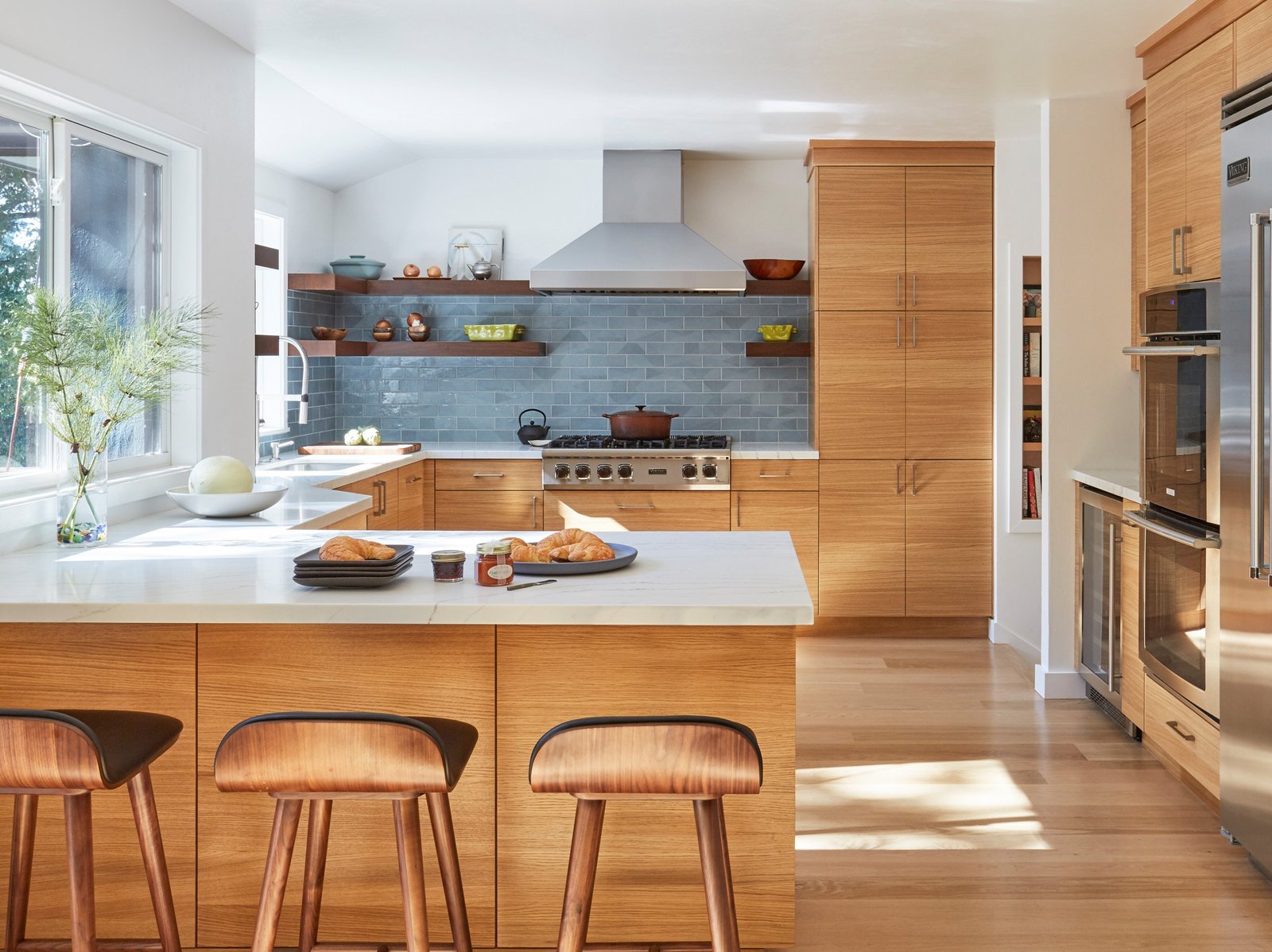The Essentials of Interior Design: Crafting Your Perfect Space
Interior design is a captivating blend of creativity and practicality, transforming spaces into reflections of personality and lifestyle. Whether you’re redesigning a single room or your entire home, understanding the principles and trends of interior design can help you create a beautiful and functional environment. The Essentials of Interior Design: Crafting Your Perfect Space
Fundamental Principles of Interior Design
Balance
Balance is about distributing visual weight evenly to create harmony. There are three types of balance:
- Symmetrical Balance: Found in traditional interiors, where elements are mirrored on either side of a central point.
- Asymmetrical Balance: More dynamic, achieved through differing but equally weighted elements.
- Radial Balance: Arranging elements around a central focal point, like a circular table with chairs.
Harmony and Unity
These principles ensure all elements in a room work together cohesively. Consistent color schemes, styles, and themes help create a unified look that feels complete and harmonious.
Contrast
Contrast adds visual interest by juxtaposing different elements, such as light and dark colors, or smooth and rough textures. This helps create focal points and keeps the space engaging.
Rhythm
Rhythm in interior design creates a sense of movement by repeating elements like color, pattern, or texture. This guides the eye around the room and adds a dynamic quality.
Scale and Proportion
Scale and proportion refer to the size of elements in relation to each other and the space. Ensuring that furniture and decor are appropriately sized for the room creates a balanced and pleasing aesthetic.
Functionality
A well-designed space must also be practical. Consider the functionality of the room and ensure that the layout and furnishings meet the needs of its users.
Popular Interior Design Styles
Modern
Modern design features clean lines, minimalism, and a neutral palette. It focuses on simplicity and functionality, often incorporating open spaces and sleek furniture.
Contemporary
Contemporary design is fluid, reflecting current trends. It often includes a mix of textures, bold colors, and innovative materials, emphasizing comfort and style.
Scandinavian
Scandinavian design emphasizes simplicity, functionality, and a connection to nature. It features light colors, natural materials, and minimalistic decor, creating a clean and cozy atmosphere.
Industrial
Industrial design draws inspiration from old factories and industrial spaces. It showcases raw materials like exposed brick, metal, and wood, often featuring open layouts and utilitarian furniture.
Traditional
Traditional design is rooted in classic European decor and exudes elegance and sophistication. It features rich colors, ornate furniture, and detailed molding, creating a timeless look.
Bohemian
Bohemian, or boho, design celebrates creativity and individuality. It incorporates vibrant colors, eclectic furniture, and an abundance of patterns and textures, creating a warm and inviting space.
Current Trends in Interior Design
Sustainable Design
Sustainability is a major focus in interior design. This trend emphasizes eco-friendly materials, energy-efficient appliances, and practices that reduce environmental impact.
Biophilic Design
Biophilic design connects interior spaces with nature. It incorporates natural elements like plants, natural light, and organic materials, promoting a sense of well-being.
Smart Homes
Technology is transforming interior design. Smart homes feature automated systems for lighting, heating, and security, as well as smart appliances that enhance convenience and efficiency.
Maximalism
Maximalism embraces bold colors, patterns, and an abundance of decor. This trend encourages personal expression and creativity, resulting in vibrant and dynamic spaces.
Mixed Metals
Mixing different metal finishes, such as brass, copper, and chrome, adds visual interest and a contemporary touch to interiors. This trend works well in various styles, from modern to traditional.
Tips for Designing Your Space
- Start with a Plan: Outline your goals, budget, and timeline before making changes. A detailed plan keeps the project organized and on track.
- Consider Your Lifestyle: Design your space to fit your daily routines and needs, ensuring it’s both practical and comfortable.
- Choose a Color Scheme: Select colors that reflect your style and create the desired mood for each room.
- Invest in Quality: High-quality furniture and decor pieces are worth the investment. They offer better durability, comfort, and aesthetic appeal.
- Experiment and Personalize: Don’t be afraid to mix styles, colors, and textures. Your home should reflect your personality and taste, making it unique and personal.
Interior design is a journey of transforming spaces into reflections of who we are. By understanding the core principles and keeping up with the latest trends, you can create an environment that is not only beautiful but also functional and inspiring. Let your creativity flow and turn your home into a masterpiece that you’ll love for years to come. The Essentials of Interior Design: Crafting Your Perfect Space





